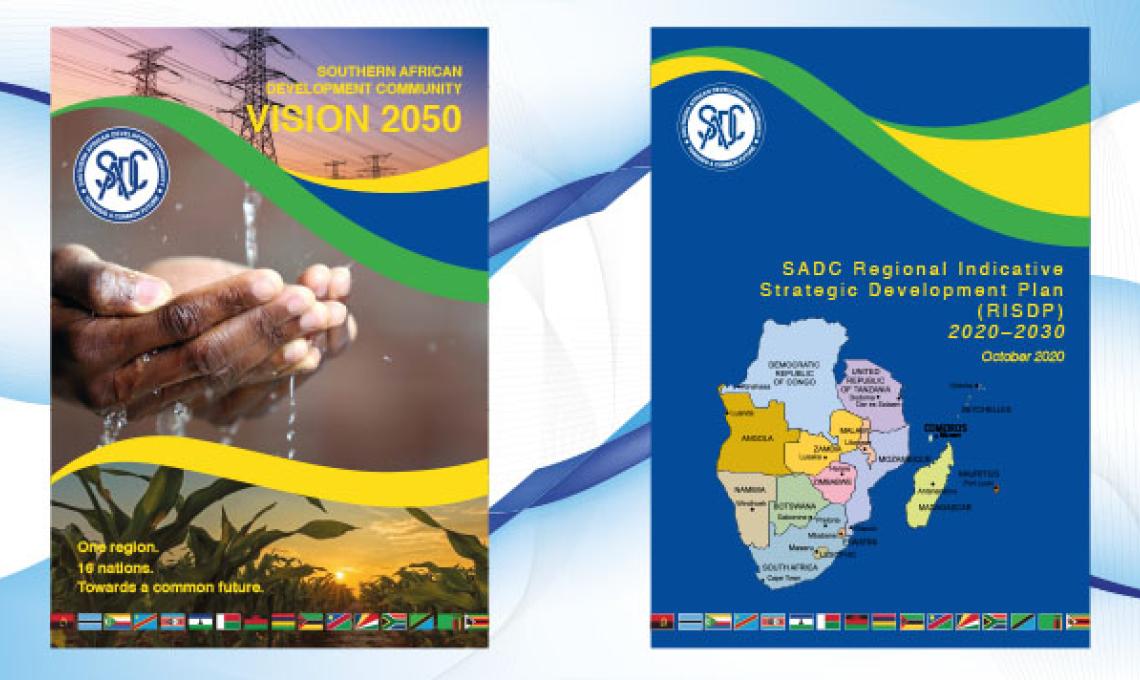SADC Vision 2050 is derived from the letter and spirit of SADC’s Founding Treaty, which aspires towards a common future and a peaceful, inclusive, and industrialised region.
The Vision statement is: A peaceful, inclusive, competitive middle- to high-income industrialised region, where all citizens enjoy sustainable economic well-being, justice, and freedom SADC Vision 2050 is built on a foundation of Peace, Security, and Good Governance and anchored in the following
three pillars:
- Pillar I: Industrial Development and Market Integration;
- Pillar II: Infrastructure Development in Support of Regional Integration; and
- Pillar III: Social and Human Capital Development.
The three pillars are interlinked with Gender, Youth, Environment and Climate Change, and Disaster Risk Management
as cross-cutting issues.
Mission
In line with the SADC Treaty’s quest for wider and deeper regional economic integration and development, the Mission Statement is to:
- Create a conducive environment to foster regional cooperation and integration, and uphold free movement of goods, labour, capital, and services. To that effect, political stability, good governance, peace, and security shall be the cornerstone of national and regional undertakings.
- Accelerate the mobilisation of resources from within the Community and external sources. The implementation of SADC policies and programmes does, and will, rely heavily on the successful mobilisation of resources. To improve sustainability, mechanisms will be put in place to shift away from a previous reliance on international cooperating partners towards a more diversified approach that is better integrated and complementary. To this end, a robust strategy will be developed to fill the funding gap, which is needed to realise the aspirations under the pillars developed in this Vision.
- Improve implementation of SADC policies and programmes through the effective realisation of roles and responsibilities undertaken by various actors and entities through institutional reforms. These reforms will take place at the operational level. The SADC Secretariat at the regional level, and SADC National Committees and National Contact Points at the national level will be targeted for support and reform to ensure that they are adequately capacitated to perform their roles in the regional integration agenda implementation architecture. The development of strong relationships across the different levels will also be prioritised to maximise the efficiency and effectiveness of implementation.
- Strengthen compliance by Member States through the implementation of effective compliance monitoring and assurance mechanisms to track progress in implementation of SADC programmes and compliance with its protocols and legal instruments. A bespoke compliance mechanism will be developed for the region that leverages from the African Peer Review Mechanism and other regional economic communities’ compliance mechanisms in Africa and across the globe.

